
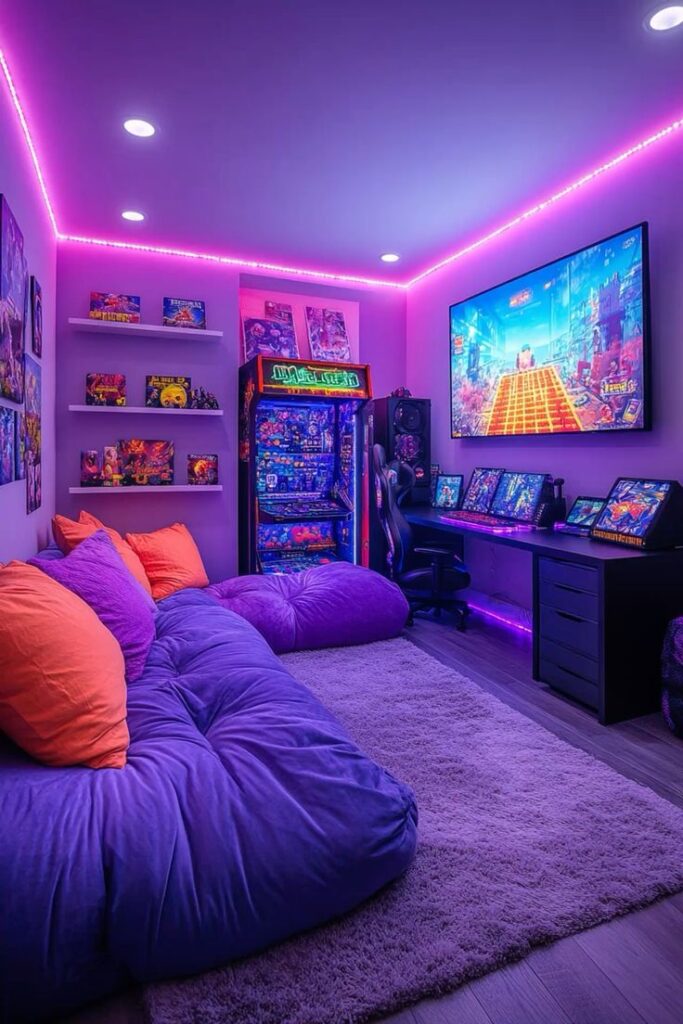
Whether you’re a casual gamer or a dedicated enthusiast, the environment you play in can make a huge difference in both performance and enjoyment. A well-designed dream gaming room isn’t just about flashy lighting and high-end gear; it’s a curated space that blends comfort, function, and personality. From sound control to furniture placement, every detail contributes to your immersive gaming experience.
Creating a dream gaming setup involves more than just buying expensive tech. It’s about understanding how the pieces work together and optimizing your space for long-term use. The right configuration boosts your focus and comfort and helps showcase your style and commitment to the hobby.
Flooring, Seating, and Ergonomics Matter
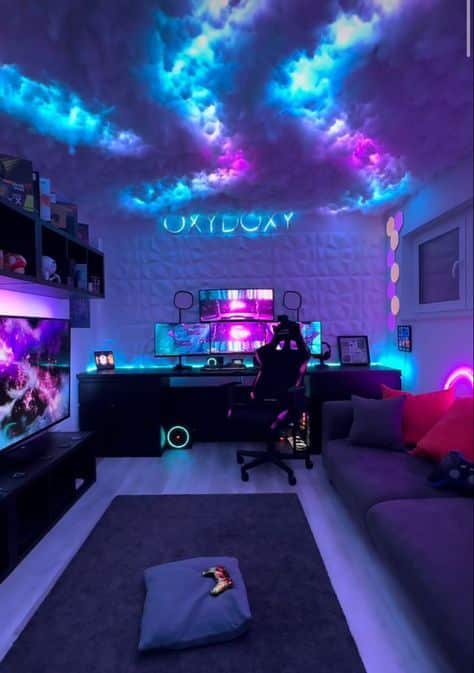
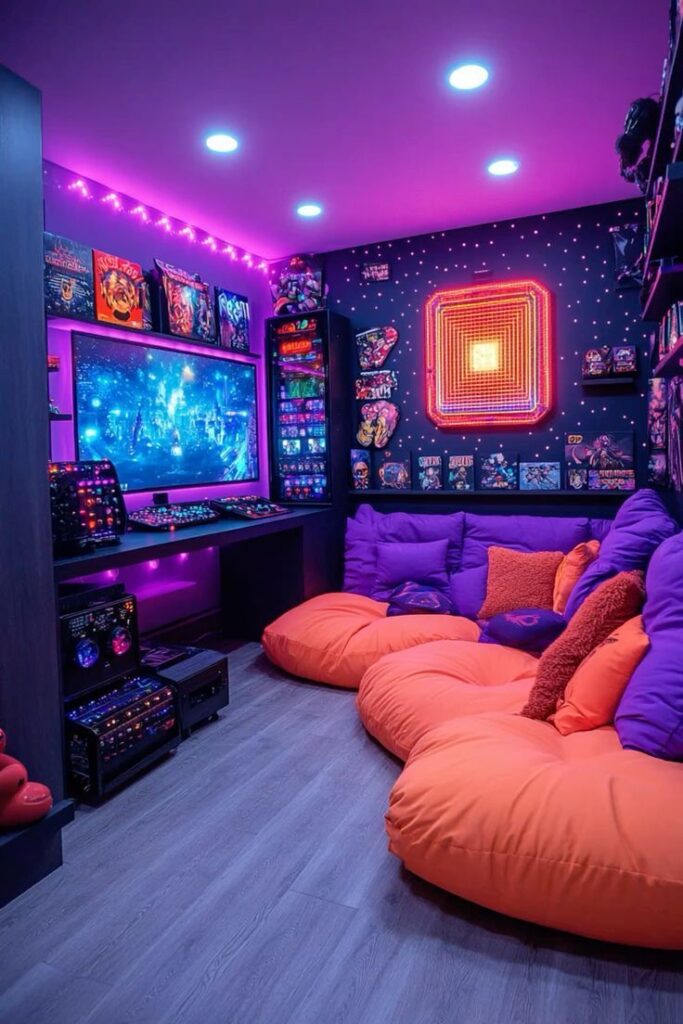
One of the most overlooked parts of a gaming room is what’s beneath your feet and behind your back. Gamers often invest heavily in high-performance chairs but forget the foundation they sit on. Using the best gaming chair mat enhances mobility and protects flooring from wear and tear while contributing to comfort. It’s a small detail that pays off, especially in rooms with hardwood or carpeted floors.
Beyond that, ergonomic seating can reduce fatigue and improve posture, especially during marathon sessions. Adjustable lumbar support, cushioned armrests, and breathable materials help create a more pleasant experience. Make sure your chair pairs well with your desk height, and that your monitor sits at eye level to avoid strain on your neck and shoulders.
The right floor setup ensures your gaming chair rolls smoothly and stays in place during intense movements, keeping you fully immersed without worrying about your environment.
Lighting Sets the Mood
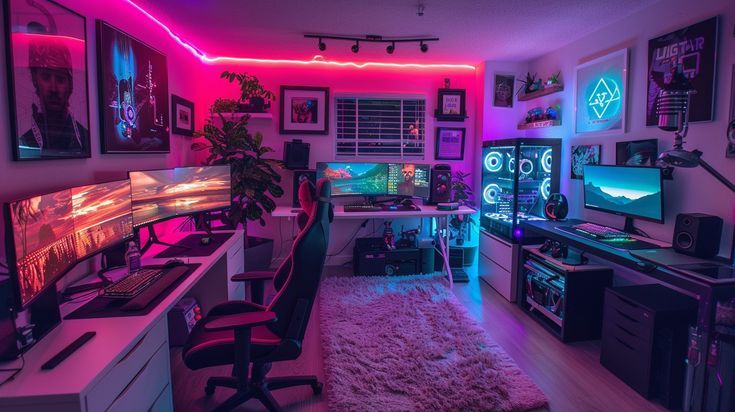
Lighting isn’t just for aesthetics; it has a major impact on eye comfort and immersion. Harsh overhead lights can create glare, while dim or uneven lighting may cause eye strain. Consider installing ambient LED lights behind your monitor, under your desk, or along your walls to create a balanced glow that enhances your room’s atmosphere without overwhelming your vision.
Many gamers opt for RGB lighting with customizable colors to match their themes or moods. Smart lighting systems allow you to sync light patterns with in-game actions, further blurring the line between the digital and physical world.
Task lighting is equally important. If you use your space for streaming, editing, or reading between games, having adjustable lamps or ceiling lights gives you the flexibility to shift from entertainment to productivity with ease.
Sound Control and Acoustics
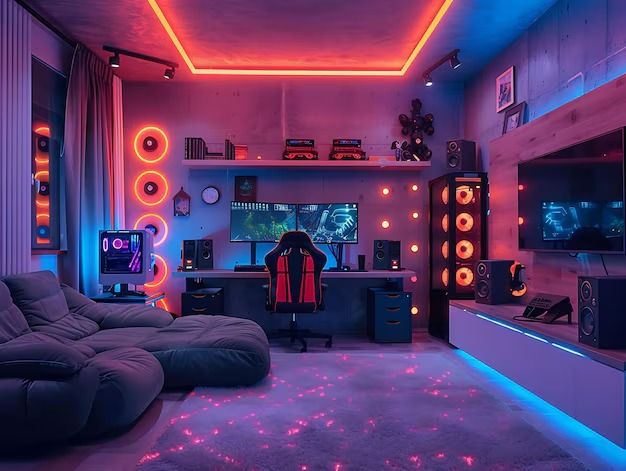
Gaming rooms can get loud with surround sound systems or group sessions. Soundproofing materials, acoustic panels, and thick rugs can help control echoes and minimize noise leaking into the rest of your home. These features are particularly useful in shared living spaces or apartments.
A dedicated gaming headset offers privacy and clarity, especially if you’re playing competitive games or communicating with teammates. Wireless options reduce cable clutter, while noise-canceling models help you stay focused in busy environments.
Personal Touches and Organization

Personalization makes your gaming space uniquely yours. Posters, collectibles, LED displays, and themed decor can reflect your favorite franchises or characters. Wall-mounted shelves are great for organizing games, controllers, and accessories while keeping your desk clutter-free.
Cable management tools, like sleeves, hooks, and clips, maintain a clean look and prevent tangling. Investing in a multi-port charging station or docking system helps you keep all devices ready for use, minimizing downtime between sessions.
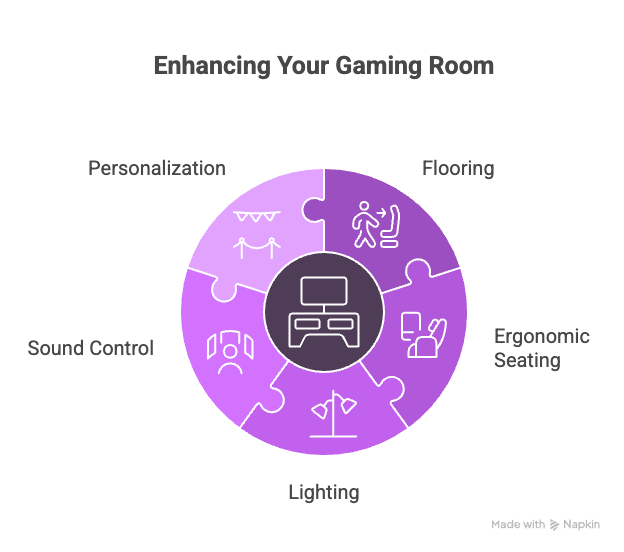
Designing your dream gaming room is about aligning form with function. From flooring and lighting to sound control and decor, each element contributes to a space that feels immersive and efficient. With thoughtful planning, you can create a room that elevates your gaming experience and keeps you coming back for more.
How does lighting influence the gaming experience?
Lighting affects eye comfort and immersion; proper ambient LED lighting and customizable RGB systems help reduce glare and eye strain while creating a mood that enhances the gaming environment.
What role does sound control play in a gaming room?
Sound control with acoustic panels, soundproofing, and quality headsets helps manage noise levels, reduce echoes, and improve audio clarity, which is essential for immersive and focused gaming sessions.
How can I personalize and organize my gaming space effectively?
Personal touches like posters, collectibles, and themed decor reflect your personality, while organization tools such as shelves, cable management accessories, and charging stations keep the space tidy and functional.
What elements should I consider to optimize my gaming room for long-term use?
Optimizing a gaming room involves combining ergonomic furniture, proper lighting, sound treatment, organization, and decoration to create a comfortable, functional, and immersive environment for ongoing enjoyment.
- 221shares
- Facebook0
- Pinterest221
- Twitter0



